Unlock SEO Success with Google Search Console: A Step-by-Step Guide
Are you losing countless hours browsing through various SEO tools, only to be overwhelmed and confused? Fear not! Just like the legendary King Arthur who effortlessly pulled Excalibur from the stone, it’s time to unlock your own SEO success using Google’s very own Excalibur – the Google Search Console. In this comprehensive step-by-step guide, we will unveil the secrets of mastering this powerful weapon, taking you from SEO novice to victorious hero in no time. So tighten your belts and get ready for an epic adventure that will lead you to dominate search results like never before.

Google Search Console is a powerful tool that helps monitor and optimize your website’s search engine performance. Using Search Console, you can identify technical issues and crawl errors, track keyword rankings, analyze backlink data, follow Core Web Vitals metrics, troubleshoot mobile usability issues, and much more. By utilizing this tool regularly, you can improve your website’s SEO ranking and enhance your online visibility.
Understanding Google Search Console
Google Search Console is a free tool that provides real-time SEO data to improve rankings, diagnose technical SEO issues, and maintain a site’s digital presence. Essentially, it gives you an inside look at how Google sees your website and offers insights on how to improve your visibility in their search results.
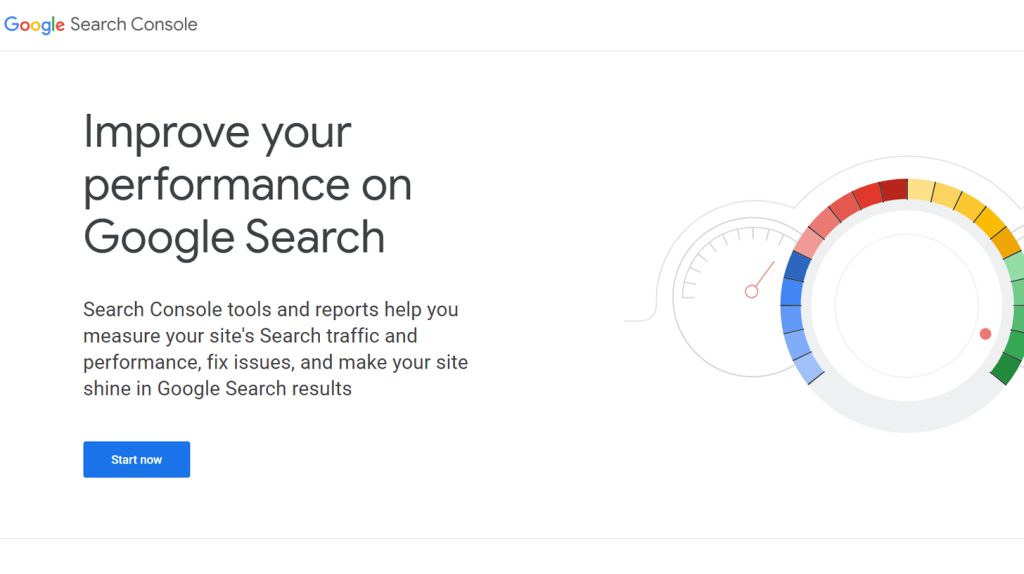
For instance, if your website is not ranking well for certain keywords that you’re targeting, Google Search Console can help identify the issues that are causing it. It offers features and information for improving SEO performance that no other SEO tool in the industry can compete with – both technical and content-wise.
One of the most valuable pieces of information offered by Google Search Console is keyword data. The tool allows you to see which keywords drive traffic to your site, how many clicks they receive, and what page they land on. This information can help you optimize your content more effectively by identifying high-performing keywords and creating content centered around them.
Another way to think about Google Search Console is like a diagnostic tool for your website’s health. Just as you would take your car to a mechanic to identify any underlying issues stopping it from running smoothly, Google Search Console can help identify any issues with your website’s performance in search results.
Some people may argue that Google Analytics and other SEO tools offer similar data as Google Search Console but this is not entirely true. While these tools do offer valuable data, none of them provide the same granular level of information about how Google views your website specifically.

Overall, understanding how Google Search Console works and utilizing its features effectively can be a game-changer when it comes to improving your website’s visibility in search results.
Enhancing SEO with Key Features
Google Search Console offers several key features designed to enhance SEO performance. Two of the most valuable features are the Index Coverage report and the Performance report.
The Index Coverage report allows you to see which pages of your website are being crawled and indexed by Google, and which ones have errors that could prevent them from being indexed. This is important because if Google can’t crawl or index a page, it won’t show up in search results. By identifying these issues and fixing them, you can improve your site’s visibility in search results.
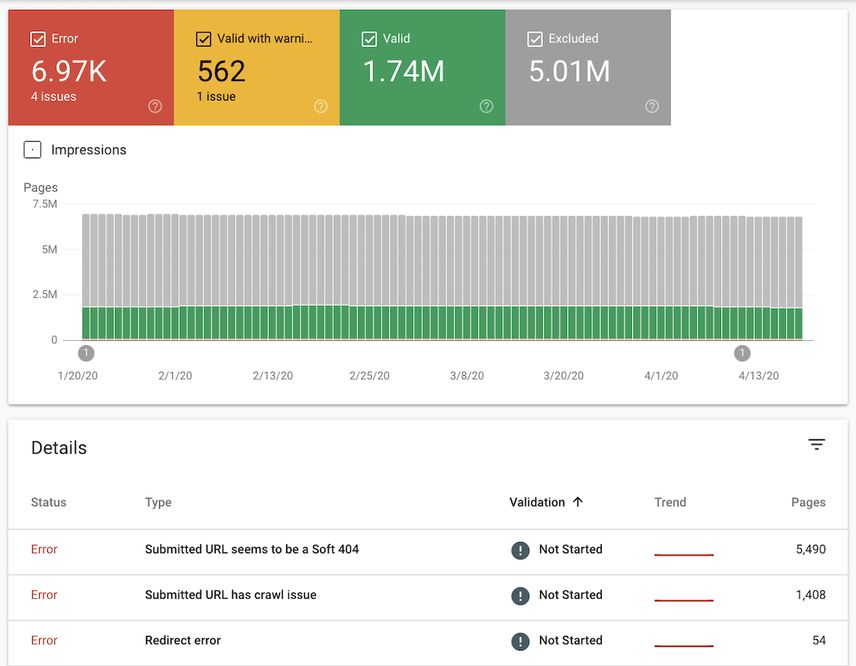
The Performance report is also incredibly valuable because it provides detailed insights into how your website is performing in search results. You can see how many clicks your site is receiving, what keywords people are using to find it, and even what geographic regions they’re coming from. With this information, you can optimize your content and keywords to improve your visibility in search results.
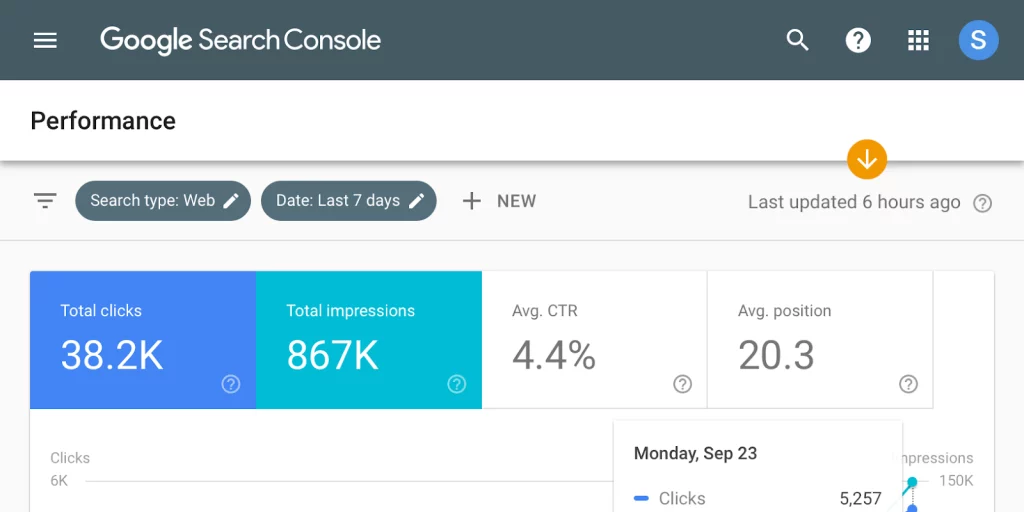
One useful feature offered by Google Search Console is the ability to submit XML sitemaps. Sitemaps help Google understand the structure of your website and its content. By submitting an XML sitemap to Google Search Console, you can help ensure that all of your pages get crawled and indexed properly.
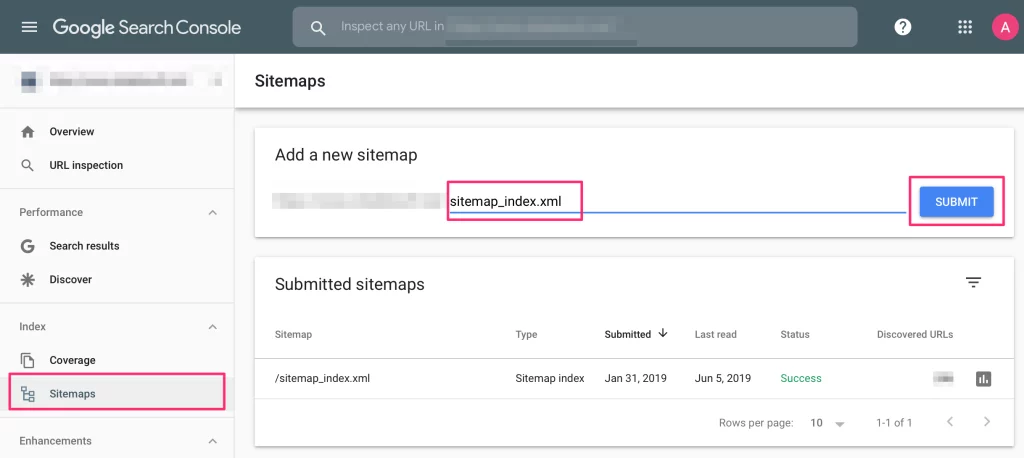
Another valuable feature of Google Search Console is the Mobile Usability report. With more people accessing the internet on their phones than ever before, it’s crucial to ensure that your website is mobile-friendly. The Mobile Usability report identifies any issues with your site’s performance on mobile devices so that you can fix them.
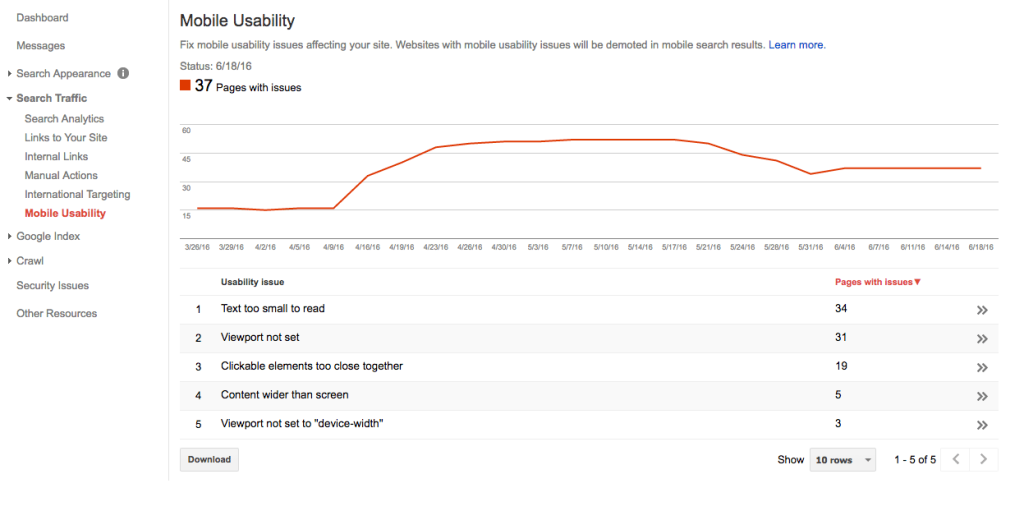
In order to improve your website’s SEO performance, it is important to use Google Search Console and take advantage of its valuable features, such as the Index Coverage report, Performance report, XML sitemap submission, and Mobile Usability report. By understanding how your website is performing in search results and identifying any errors or issues, you can optimize your content and increase your visibility in search results. Additionally, ensuring that your website is mobile-friendly is crucial in today’s digital world.
Analyzing Keywords and Traffic Data
One of the most critical aspects of SEO is the understanding of what keywords your website ranks for and how much traffic each keyword brings in. That’s where Google Search Console comes into play. By analyzing the search query data, you can gain valuable insight into what people are searching for and tailor your content accordingly to improve your rankings.
For example, if you find that a specific keyword or phrase is bringing in a significant amount of traffic to your website but isn’t ranking as high as you’d like, you can create additional content optimized for that keyword to boost its relevance. Similarly, if you find that a keyword is driving a lot of impressions but not many clicks, you can optimize your title tags and meta descriptions to increase click-through rates.
To illustrate further, let’s say that you own a travel website and notice that “best hotels in Hawaii” is one of the top queries bringing in traffic to your site. You can create a new page specifically dedicated to this topic, highlighting some of the best hotels in Hawaii and providing helpful information for travelers. By doing so, you have increased relevancy on the topic and could take advantage of an opportunity where it may otherwise have been missed.
Additionally, Google Search Console provides insights into which pages on your site are driving the most traffic. If certain pages are seeing a lot more traffic than others, it may be worth optimizing those pages even further to capitalize on that existing traction.
It’s important to note that while Google Search Console provides keyword data, it doesn’t necessarily provide rankings data for those keywords. However, by analyzing trends over time, you can get a good idea of which keywords are growing in popularity and likely driving traffic to your site.
Lastly, GSC will crawl through user interactions with the site itself as well as with SERPs. This can tell you whether users are clicking on your indexed pages, and what type of clicks they are generating.
Identifying Technical Issues
Google Search Console not only helps you understand the keywords driving traffic to your site but also identifies technical issues that may be holding your website back from ranking higher in search results. It offers vital insights into areas in which your site needs improvement so that you can take action.
For example, Google Search Console will inform you if certain pages of your site have long load times, which can negatively impact user experience and their willingness to stay on a page. With this insight, you can optimize the page’s elements and optimize the cache to ensure faster loading times.
Another example of a technical issue that can be caught using Search Console is duplicate content. When there is duplicate content on a website, it can confuse search engines as they do not know which version to prioritize. This inconsistency leads to poor rankings and even penalties by Google. By running Search Console, you can identify duplicates and resolve them to improve your rankings
While there are many tools available for identifying technical issues on your website, Search Console provides invaluable data due to Google being the primary driver of web traffic worldwide. While even advanced SEO professionals may overlook something important when scanning a website manually, the aggressive nature with which Google crawls websites means that its findings are hard to dispute.
By staying up-to-date with what features the search console provides for optimizing sites in addition to resolving identified issues; businesses gain a comprehensive marketing tool/package which few others come close to matching in today’s marketplace.
Integrating Plugins for Advanced Analysis
Google Search Console has always been a powerful tool for optimizing websites and improving their visibility on search engines. However, its capabilities can be enhanced even further by integrating plugins that allow a more advanced analysis of SEO metrics.
One such plugin is Yoast SEO, which is widely regarded as one of the best options available. With Yoast SEO, you can analyze your website’s content to ensure it is optimized for both readers and search engines. The plugin provides suggestions for improving your content’s readability, keyword usage, and meta descriptions.
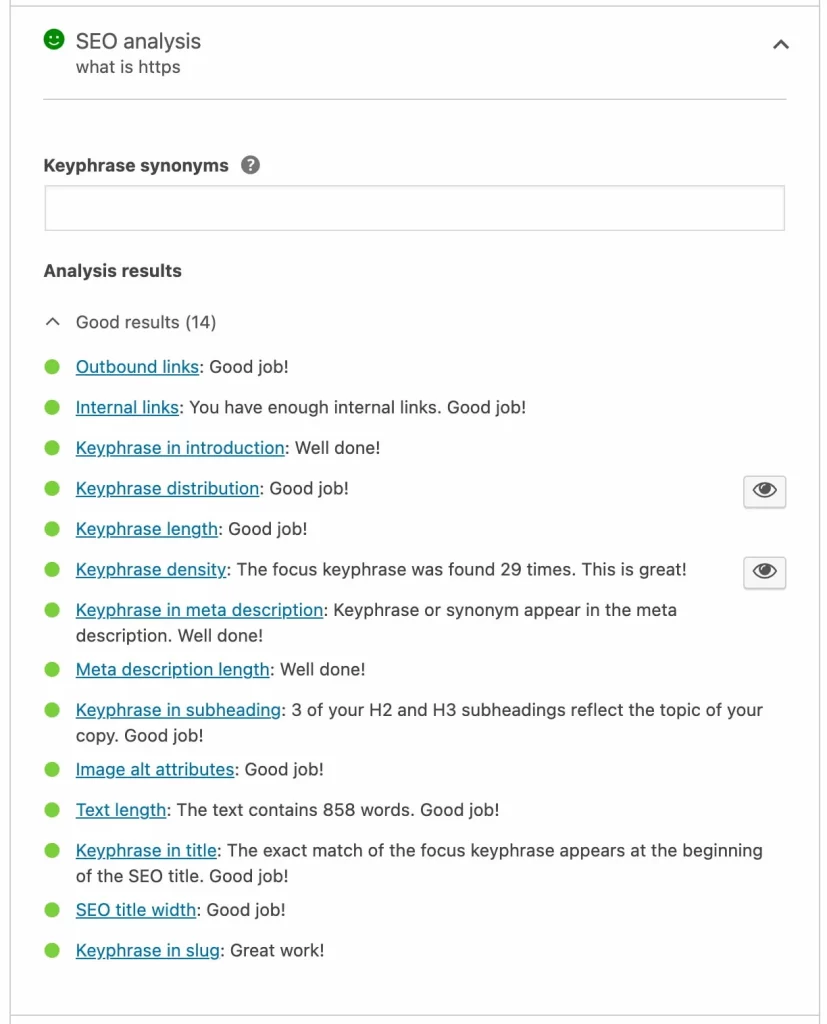
Another useful plugin to consider is Google Analytics. By integrating Google Analytics with Google Search Console, you can track traffic metrics such as bounce rates, click-through rates, and even user behavior once they land on your site. This data can be leveraged to improve the overall UX of your website and optimize your content strategy accordingly.
If you’re looking to take things a step further, Semrush is another popular plugin that offers advanced keyword research and competitive analysis capabilities. With Semrush, you can identify opportunities for improving your rankings based on your competitors’ keyword strategies. This level of insight can be incredibly valuable when formulating a comprehensive SEO plan.
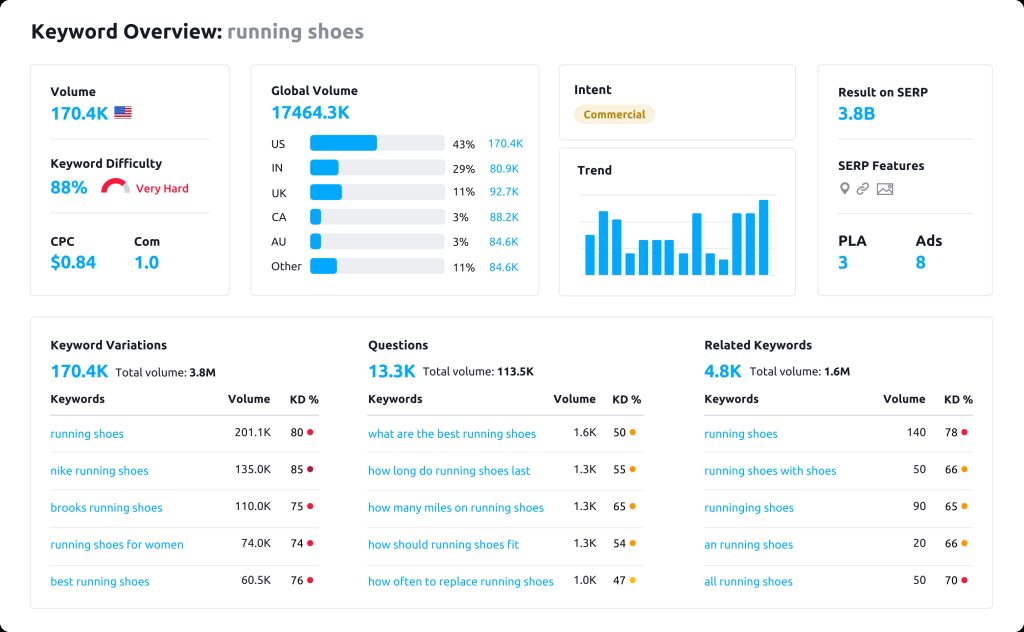
For instance, let’s say you own an e-commerce site selling clothing items. By using Semrush to analyze the keywords used by your top competitors in the same space, you may discover that they are targeting specific long-tail keywords related to sustainability or eco-friendliness. Armed with this information, you could revamp your own product descriptions to emphasize these attributes and potentially attract a new audience segment.
Ultimately, there are numerous plugins out there that can be integrated with Google Search Console to enhance your SEO analysis capabilities. It’s up to you to determine which ones fit best with your goals and overall digital marketing strategy.
- According to a 2022 study by Ahrefs, websites that regularly monitor and optimize their site’s performance with Google Search Console have seen an average increase of 28% in organic traffic.
- The majority of SEO professionals reported that they consistently use Google Search Console as part of their daily work routine for monitoring and improving website health and performance.
- Webmasters who actively utilize Google Search Console experienced a reduction in page loading times by an average of 15%, which may contribute positively to overall user experience and search rankings.
Streamlining Data Collection
One common challenge faced by many webmasters and digital marketers alike is the sheer volume of data available from different sources. With so many metrics, analytics reports, and SEO tools at our disposal, it can be overwhelming to try to make sense of it all.
To streamline your data collection process, consider using tools such as Cyfe or Google Data Studio. These platforms allow you to integrate multiple data sources into one dashboard, giving you a comprehensive overview of your website’s performance in real time.

By centralizing your data collection process, you can save time and make more informed decisions based on the big picture. For example, if you notice a sudden drop in traffic from organic search, you can quickly identify the root cause by analyzing other related data points such as page load times or bounce rates.
Think of it like the cockpit of an airplane: with so many instruments and gauges to monitor, pilots rely on displays that can consolidate all necessary information into one clear view. Similarly, with a unified dashboard for your website’s performance metrics, you can quickly understand where remedial action is required without wading through a sea of unrelated data.
Not only does this approach help you stay organized and focused, but it also enables you to easily share performance data with stakeholders such as clients or marketing teams. Instead of manually compiling spreadsheets or PowerPoint presentations for each report, you can simply export data from your dashboard and create professional-looking reports in seconds.
Of course, there are some who argue that centralized dashboards oversimplify complex performance metrics and may lead to missed opportunities for deeper analysis. However, the key here is balance – using a streamlined data collection method doesn’t mean abandoning critical thinking or decision-making processes. Instead, it provides a foundation for these activities by synthesizing relevant data into actionable insights.
Interpreting Search Console Reports for Optimization

After analyzing and identifying technical issues with Google Search Console, the next step is to interpret the data collected and use it to optimize your website’s SEO performance. This section focuses on how to utilize Search Console’s reports to improve rankings.
Firstly, the performance report displays information about your website’s search traffic. It shows impressions, clicks, and other key metrics for specific queries, pages, countries, devices, and more. Utilizing this data can help you identify popular keywords for your site and optimize your content accordingly. For instance, if a particular blog post is getting high clicks but low impressions for a certain keyword phrase, you may want to update that post with relevant keywords to rank higher for that query.
Secondly, using the coverage report can help identify any indexing or crawling errors on your website. It provides you with a list of URLs that are excluded from search engines along with errors that need fixing. By investigating these errors and correcting them, you can improve your website’s visibility in Google search results.
For example, let’s say you have recently updated a page on your website but forgot to include redirects for old URLs. As a result, visitors who click on old links will reach an error page instead of being redirected. This type of error not only creates user frustration but also negatively affects your website’s SEO performance as search engines penalize websites with broken links. By utilizing the coverage report and fixing these errors on time, you can avoid such penalties while ensuring a better user experience.
Thirdly, the enhancement report helps optimize structured data by identifying areas where markup codes are invalid or missing from your pages. Structured data is essential because it helps search engines understand the content of a webpage better so it can display richer snippets in search results. By leveraging this feature and providing accurate structured data throughout your site, you’ll be able to boost visibility while offering a better user experience to your visitors.
In addition, the URL inspection tool provides more detailed insights into how Google crawls your website. If you submit a URL to this tool, it will show you how Googlebot crawls and views your page. This feature is particularly useful when you want to ensure new content is being crawled and indexed quickly. By submitting URLs through this tool, you can analyze what is rendered on the page and identify any issues prompting search engine bots not to crawl or index your pages efficiently.
Some people may argue that Google Search Console isn’t necessary because it only displays data from Google’s search engines rather than all search engines. While this may be true, the fact remains that Google Search Console provides valuable insights into search queries that your website ranks for and offers numerous features to improve your website’s SEO performance. Moreover, Google is still the most widely used search engine in many countries such as the US and UK. So even if other search engines like Bing provide additional insights, focusing on maximizing optimization on Google alone will still offer significant benefits.
Think of SEO as a game of chess – each move should be strategic to outsmart the competition. Like in a chess game where both players have access to identical pieces, SEO competition boils down to who can optimize their content better within the same set of rules (Google algorithms). With its comprehensive set of tools and reports, using Google Search Console helps you play a better game of SEO chess than your competitors.
In conclusion, interpreting data collected from Google Search Console can be challenging but highly rewarding for improving your website’s SEO performance. With its various features and tools, GSC enables marketers to leverage relevant data for optimization while identifying technical issues promptly.
In addition to utilizing Google Search Console effectively, incorporating On-Page.ai as part of your SEO strategy can significantly boost your website’s search engine rankings. Its advanced AI-powered features and services, especially the Stealth Writer, can help optimize your content.
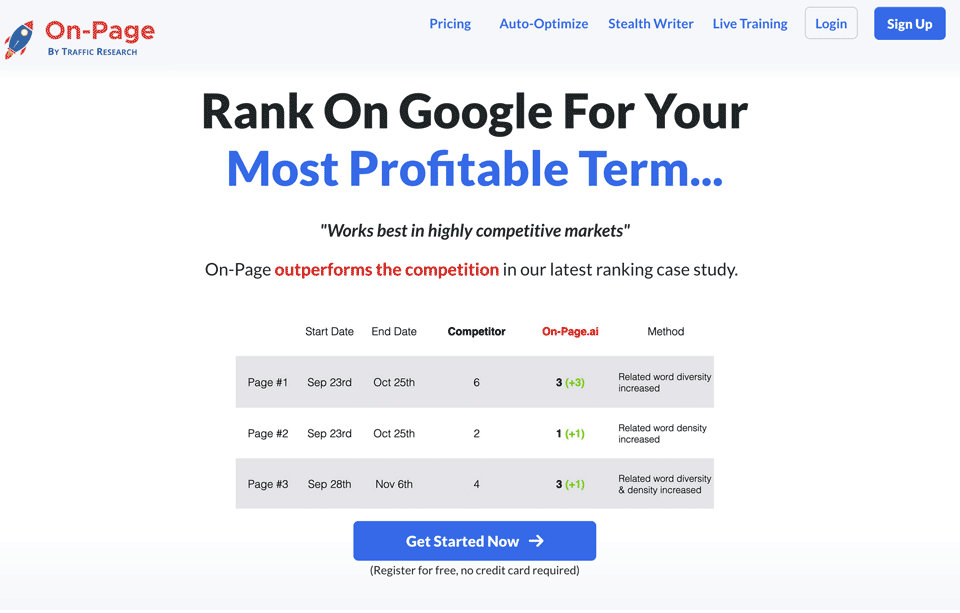
FAQs
How often should a website owner or SEO professional check and analyze data from Google Search Console for ongoing SEO improvement?
Website owners and SEO professionals should check and analyze data from Google Search Console regularly to ensure ongoing SEO improvement. Ideally, this analysis should be done at least once a month to stay on top of any changes or issues that arise.
According to a study by Search Engine Land, increasing the frequency of checking Google Search Console data can lead to more successful SEO efforts. The study found that website owners who checked their data on a daily basis were able to identify and resolve SEO issues much faster than those who only checked sporadically.
Regular analysis of Google Search Console data can also help improve website visibility and performance. By monitoring impressions, clicks, and click-through rates for individual pages and queries, website owners can identify which content is performing well and adjust their strategy accordingly.
In summary, regular analysis of Google Search Console data is essential for ongoing SEO improvement. Checking at least once a month and increasing frequency as needed can lead to better results and faster issue resolution.
What are the key features of Google Search Console that can help with SEO improvement?
Google Search Console is a powerful tool that can help anyone to boost their website’s SEO performance. Here are some of the key features of Google Search Console that can aid in SEO improvement:
1. Keyword Insights: Google Search Console provides detailed data on the keywords that are driving traffic to your website. This information can be used to optimize your content for these high-performing keywords and drive even more traffic.
2. Indexing Status: The Index Coverage report in Google Search Console shows you which pages on your site are indexed by Google, and which ones aren’t. This can help you identify any issues that could be preventing your site from ranking as well as it should be.
3. Crawl Errors: Google Search Console highlights any crawl errors or broken links on your website, so you can fix them promptly and ensure your site is fully optimized for search engines.
4. Mobile Optimization: With mobile devices accounting for 60% of all internet traffic in 2023 (Statista), mobile optimization is crucial for SEO success. The Mobile Usability Report in Google Search Console identifies any mobile-related issues with your site, such as slow loading times and incorrect formatting.
5. Data Structuring: Implementing structured data on your website can help improve its appearance on the SERP. Google Search Console’s Structured Data Report highlights any errors with your structured data markup, making it easy to fix these issues and enhance your SERP presence.
By leveraging these key features of Google Search Console, you can make informed decisions, improve your site’s user experience, and ultimately drive more traffic through organic search results.
What is Google Search Console and how does it work?
Google Search Console, formerly known as Google Webmaster Tools, is a free web service provided by Google that helps website owners and marketers monitor and maintain their site’s presence in search results.
The tool works by collecting data from Google’s crawlers, also known as spiders, which scan websites and index their content on the search engine. This data includes information about website performance, traffic, and crawling errors. By submitting their sitemaps to Google Search Console, website owners can ensure that their site is fully crawled and indexed by Google. They can also identify any issues that may be affecting their visibility on search engines.
One of the key benefits of using Google Search Console is the ability to track the performance of your website on search engines. The platform provides valuable insights into how users discover your website and what keywords they are using to find it. It also offers information about click-through rates, impressions, and average positions for each page on your site.
In addition to tracking performance metrics, Google Search Console allows you to address technical issues that may be hindering your search engine rankings. This includes identifying crawl errors, broken links, mobile responsiveness issues, and security concerns. By correcting these issues proactively, website owners can improve user experience and increase their chances of ranking higher on search engines.
According to recent research by Moz, Google Search Console is one of the most important tools for SEO professionals and website owners alike.
In summary, Google Search Console is a powerful tool that enables website owners and marketers to analyze their site’s performance on search engines and address technical issues that could affect its visibility. With its user-friendly interface and comprehensive features, it has become an essential tool for anyone interested in improving their web presence.
How can website owners and SEO professionals utilize data from Google Search Console to optimize their websites?
Google Search Console is a goldmine of data for website owners and SEO professionals. By utilizing the information provided, they can optimize their websites to improve their search engine rankings and increase organic traffic.
Here are some key ways to use Google Search Console to boost SEO success:
1. Identify top-performing pages: By looking at the Search Analytics report, website owners can identify which pages are getting the most clicks and impressions from Google search results. They can then optimize these pages further to drive even more traffic.
2. Monitor crawl errors: Search Console alerts website owners about any crawl errors on their site, such as broken links or 404 pages. By fixing these errors, website owners can improve the user experience and ensure that search engines can access all of their content.
3. Submit sitemaps: Website owners can submit a sitemap directly to Google through Search Console, informing the search engine of all the pages on their site. This enables Google to crawl more efficiently, ensuring that all pages get indexed.
4. Analyze backlinks: The Links report in Search Console displays all the links pointing to a site and any potential issues with those links, such as spammy links or broken backlinks. This information enables website owners to disavow problematic links that may be damaging their site’s reputation.
By using Google Search Console’s tools and insights, website owners and SEO professionals can significantly improve their website’s visibility in search engines and ultimately drive more targeted traffic to their sites.
In conclusion, if you’re not already utilizing Google Search Console’s data and tools to optimize your website for search engines, then you’re missing out. Make the investment of time and resources to fully leverage this invaluable resource.
Are there any best practices or tips for using Google Search Console effectively for SEO improvement?
Yes, there are several best practices and tips for using Google Search Console effectively to improve SEO. Here are a few:
- Regularly monitor the performance report section to understand how your website is performing in search results. Use this data to identify areas that need improvement.
- Keep an eye on crawl errors and fix them as soon as possible to ensure that your site is accessible to users and search engines. This can help improve your website’s visibility in search results.
- Use the URL inspection tool to troubleshoot issues with individual pages and see how Google crawls and indexes them. This can help you identify technical problems and optimize your content for better rankings.
- Submit sitemaps regularly to ensure that all your website’s pages are indexed by Google. This can improve your website’s visibility in search results.
- Use the performance report data to identify high-performing keywords and optimize your content accordingly.
Overall, effectively using Google Search Console can significantly impact your website’s SEO success by improving visibility, fixing technical errors, and optimizing content for better rankings.
According to a study conducted by Advanced Web Ranking, using Google Search Console data helped websites see a 28% increase in search traffic over six months. This shows the importance and effectiveness of utilizing the platform for SEO improvement.




